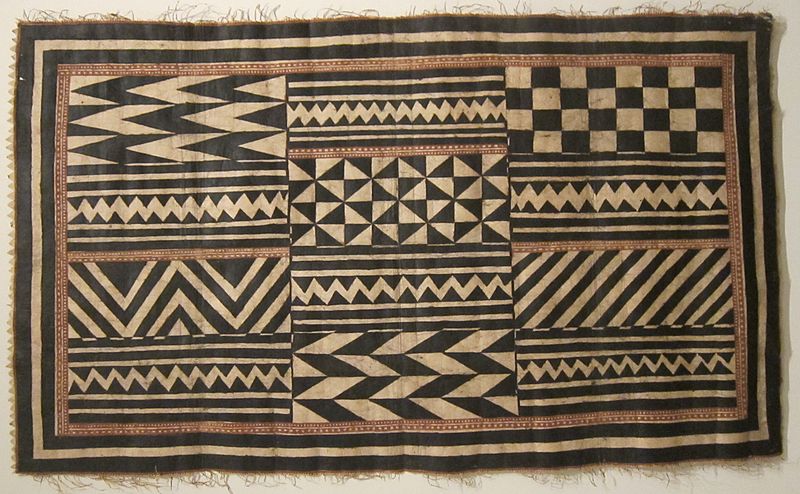
Books on soldiering can be written from the trenches or the general’s chateau.
The foxhole/barracks category is about the lives and fights of individual soldiers, while the general’s genre sweeps across battles and strategy and the fate of nations.
The former Australian diplomat David Tough has written a fine account of 212 Fijians—200 men and 12 women—who enlisted together in Fiji in November 1961 to serve in the British Army.
Tough tracks the individual careers of the ‘212’, as they became known in Fiji. Then, near the conclusion of his training-to-trenches narrative, he veers to the big picture, writing about Fiji’s first military coups, in 1987, and the involvement of some of the ex-soldiers as either supporters or opponents of the coups.
As an Australian diplomat in Suva from 1989 to 1992—‘the most interesting three years of my working life’—Tough was on the spot as Fiji dealt with the consequences of the 1987 coups. Fiji, then and now, confronts the reality that the military is a powerful organisation that claims a unique right to oversee Fiji’s politics.
In his early weeks in Suva, Tough met the first of many of the 212, quickly realising ‘they were a remarkable group and in 1961 a talented cross section of colonial Fiji’s youth. Almost all of the 212 served the full period of their initial enlistment and about a third of the men extended their service for up to 22 years or more before returning to Fiji, remaining in the UK, or settling elsewhere.’
Tough decided to do a composite biography: 212 soldiers for the Queen: Fijians in the British Army 1961–1997. This mosaic of many individuals stretches from Fiji to Britain, covering service on the fringes of a fading empire—in Borneo during the confrontation with Indonesia, in Northern Ireland, and in the Falkland Islands.
In 1961, the British Army was struggling to get volunteers in the UK after the abolition of national service. Recruiting teams were sent to three colonies: Jamaica, the Seychelles and Fiji.
British racial attitudes bumped into Fiji’s racial problems. The governor of Fiji told the recruiters to get a balance of ‘60% Fijian, 30% Indian and 10% part European’. The racial mix of the 200 men conformed to that formula.
Back in Britain, the thinking was that no unit should ever have more than 2% ‘coloured’ soldiers.
The director of the Women’s Royal Army Corps, Brigadier Dame Jean Rivett-Drake, made a failed attempt to prevent Fijian women from being recruited. She called for more information about the ‘position and status’ of women in the colonies, ‘and in particular their customs with regard to marriage’. The brigadier worried that Fijians would be ‘jet black and woolly-haired’ and would ‘present considerably more problems to us than the coffee coloured Seychellois’.
Three of the 12 women were discharged to marry or return to Fiji within a year of arriving in England, but the remainder served the full six years of their enlistment.
Tough reports that when the recruits reached England, they were bothered as much by cold and the class system as by racism. The winter of 1962–63 was the coldest in a century—the weather was ‘extreme culture shock’. He writes that few of the Fijians ‘recall racist attitudes within the army itself during their service’; barracks banter was that if rations ran short, Fijians could exploit their cannibal heritage and munch on a mate.
The Fijians represented the army at almost every sport possible, although as one journalist noted, ‘they did less well at qualifying for good conduct medals’.
Many of the soldiers returned to Fiji in the mid-1980s. Tough writes that several of the men were ‘ardent supporters’ of the 1987 coups mounted by Colonel Sitiveni Rabuka, while others ‘were equally strong objectors. The divide remains.’
One of the returnees, Sam Pillay, entered parliament at the 1987 election, representing an Indian communal seat in the new coalition government. Pillay was sitting in parliament when Rabuka entered the chamber ‘accompanied by balaclava-clad soldiers brandishing automatic weapons. [Pillay] briefly considered trying to disarm the soldier standing close behind him but quickly realised the foolishness of such thoughts.’
Fiji as ‘coup-coup land’ was born.
The longest serving of the 212, Joe Tuwai, who retired from the British Army in 1997, decried Fiji’s ‘coup mentality’. Tuwai said the model Rabuka established for a Fijian soldier is that ‘one does what one feels is right’ because a coup will be forgiven by a decree waiving charges of mutiny or treason.
Tough puts the mosaic together by structuring the book in two halves: the first nine chapters tell the story of the 212 from 1961 until the 1987 coups, while the next 10 trace individual careers serving as gunners, sappers, signallers or infantry; in the Special Air Service, transport or ordinance skilled trades; or in armour (‘a third class ride in a tank is better than a first class walk in the infantry’).
Individual warrior stories abound. Seven of the Fijians served with the elite SAS, and most of them won medals for bravery or distinguished service. The MBE citation for Fred Marafono, who served 21 years in the SAS, referred to his ‘legendary’ status as a visual tracker and his contribution to anti-terrorist techniques and jungle warfare.
After he left the special forces, Marafono had a second career as a mercenary, so that ‘three months short of Fred’s 69th birthday, an SAS officer involved in rescue operations in Sierra Leone was surprised and delighted when he boarded a Sierra Leone gunship to be greeted by Fred as the door gunner’.
While some of 212 followed the warrior life, others found religion and left the army to become ministers.
Such are the many colours in a mosaic made up of individual soldiers.

